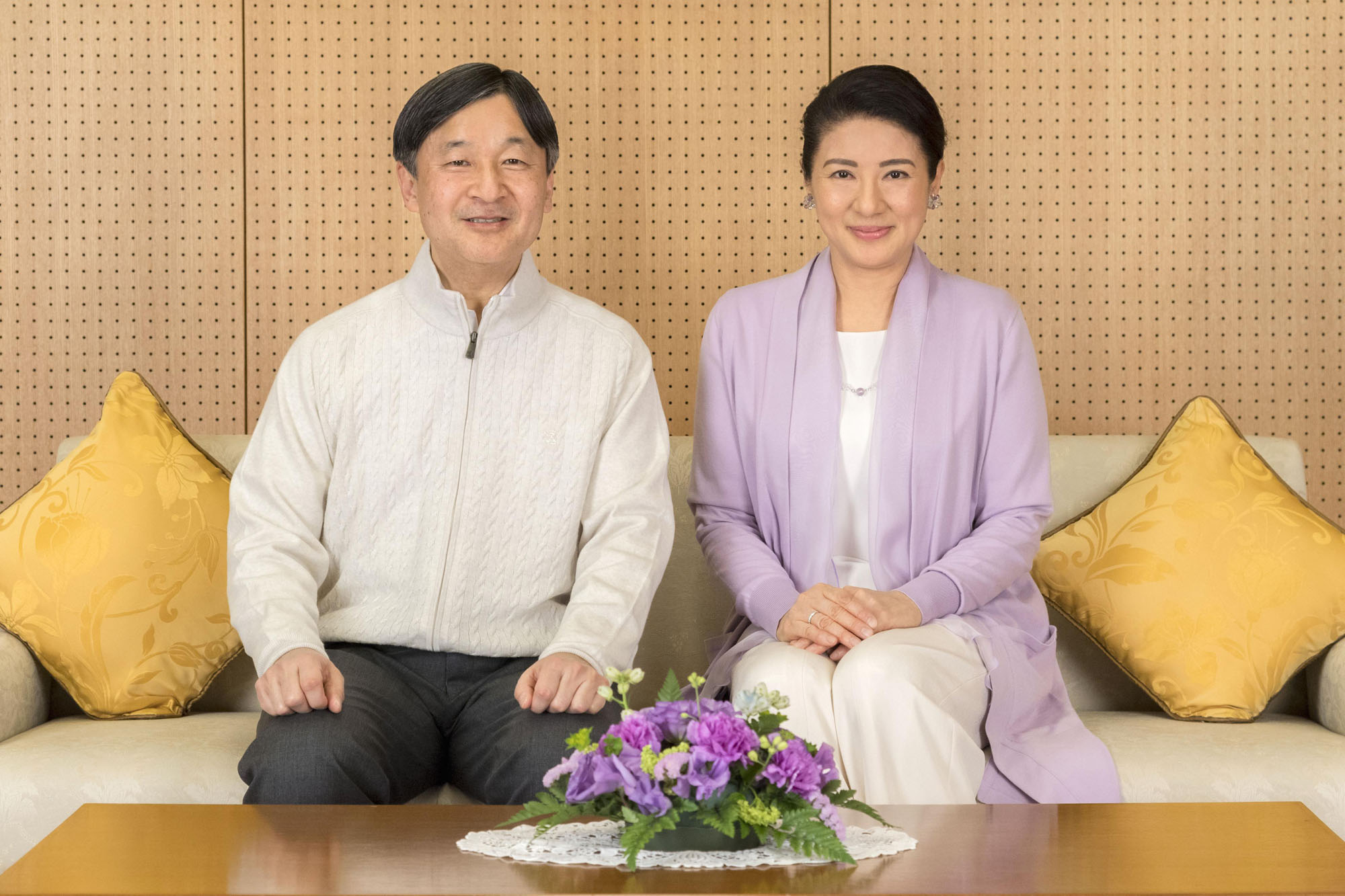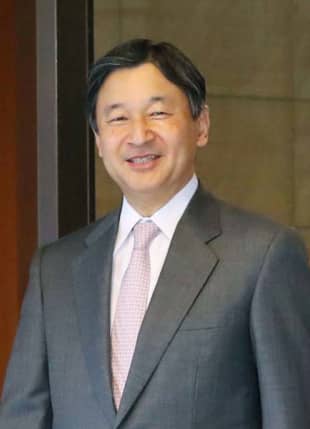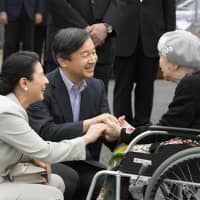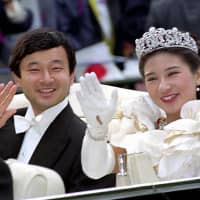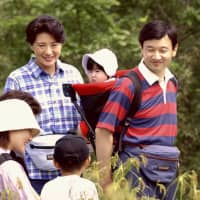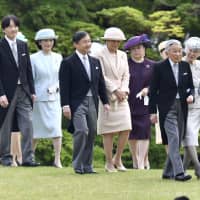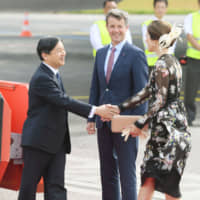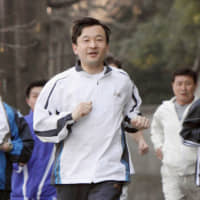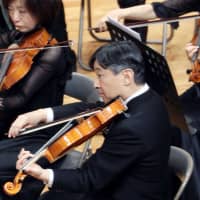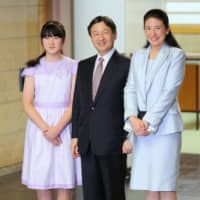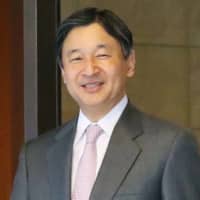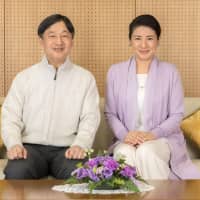Japan’s imperial succession entered a key stage on Wednesday with ceremonies marking Emperor Naruhito’s ascension to the throne, a day after his 85-year-old father abdicated as the first living Japanese monarch in over 200 years to do so.
As a member of the Japanese monarchy, Emperor Naruhito can claim a number of firsts. None of the previous emperors had the experience of studying abroad, and he is also the first emperor to not be separated from his family and brought up largely by nannies.
The 59-year-old earlier signaled his intent to adapt to “the changing times,” while also saying his years with his parents would serve as “major guideposts” for him as he performs his nonpolitical duties as the symbol of the state in the years ahead.
“I would like to pursue my duties as the symbol (of the state) by always being beside Japanese citizens, and sharing joy and sorrow with the people,” he said at his last press conference as crown prince in February.
Emperor Naruhito was born on Feb. 23, 1960, the eldest son of Emperor Emeritus Akihito and Empress Emerita Michiko a year after their marriage. His now 84-year-old mother, formerly known as Michiko Shoda, was the first crown princess who was an ordinary citizen.
His name, Naruhito, given by his grandfather Emperor Hirohito, posthumously known as Emperor Showa, consists of two Chinese characters taken from an ancient book of Chinese Confucian philosophy and means “a man who acquires heavenly virtues.”
Unlike his father, who grew up away from his parents in line with imperial family custom, Emperor Naruhito; his younger brother Crown Prince Akishino, 53; and younger sister Sayako Kuroda, 50, who left the imperial household upon marrying Yoshiki Kuroda in 2005, were raised by their parents.
The emperor entered the kindergarten of Gakushuin University in 1964 and attended the elementary, junior high and high schools of the university, which was established in the 19th century as a school for aristocrats.
“His majesty was gentle and always calm, and he naturally attracted people,” recalled Akihiko Imai, a friend of the emperor since junior high school.
In 1978, the emperor enrolled in the university’s Faculty of Letters, where he majored in history. Before his graduation in 1982, he wrote a diploma thesis on medieval water transport throughout Japan’s Seto Inland Sea.
After advancing to the university’s graduate school in April 1982, he studied for two years at Oxford University’s Merton College from 1983 where he lived in a dormitory for the first time.
During his stay, he said he casually visited pubs and bought posters of American actresses Jane Fonda and Brooke Shields to decorate his room.
His research theme at Oxford was the history of transportation on the River Thames. He published a paper titled “The Thames as a Highway” in 1989 and was awarded an honorary Doctor of Laws degree by the university in 1991. This expertise led to him serving as honorary president of the U.N. Secretary-General’s Advisory Board on Water and Sanitation between 2007 and 2015.
In January 1989, he moved up to first in line for the throne at the age of 28 after Emperor Emeritus Akihito ascended to the Chrysanthemum Throne following Emperor Hirohito’s death.
Having set himself the goal of finding a partner before turning 30, he married Masako Owada, a career diplomat who spent her childhood in Moscow and New York, at the age of 33, in June 1993.
The couple first met in October 1986 at a party to welcome Spain’s Princess Elena on a visit to Japan. Following the return of Empress Masako, now 55, from Oxford, where she studied between 1988 and 1990, the two met again in 1992 and he proposed later that year.
Their wedding took place the following year, and the couple’s only child, Princess Aiko, 17, was born on Dec. 1, 2001.
The new emperor is known to have a number of hobbies, including mountain climbing, jogging, playing tennis and skiing. He plays viola and played in an orchestra during his time at Gakushuin University.
The emperor has participated in a variety of events and rituals, both in and outside the Imperial Palace, sometimes on behalf of Emperor Emeritus Akihito in recent years.
On the duties of a monarch, the emperor has said he believes it would be essential to “stand by the people, listen to their voices, and be close to them in their thoughts.”
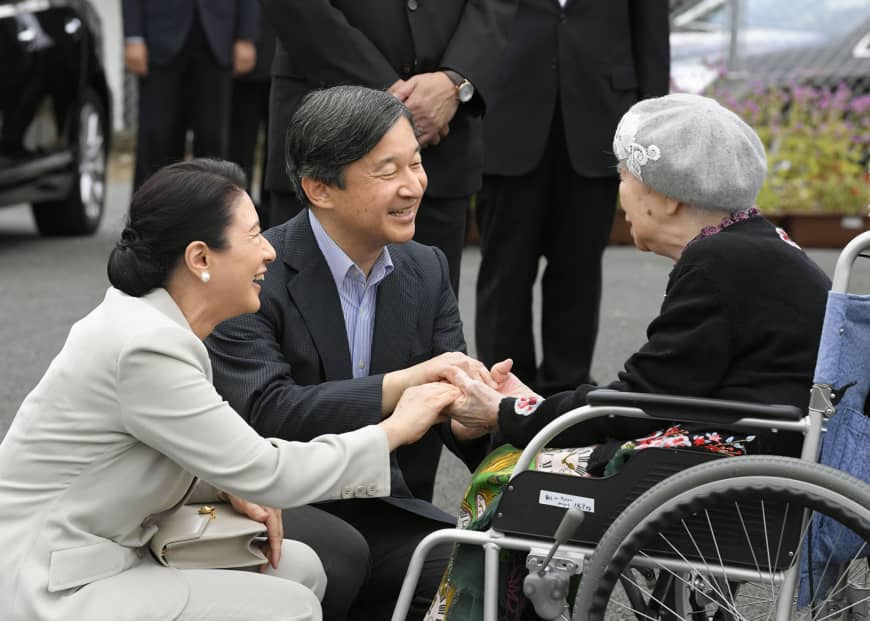
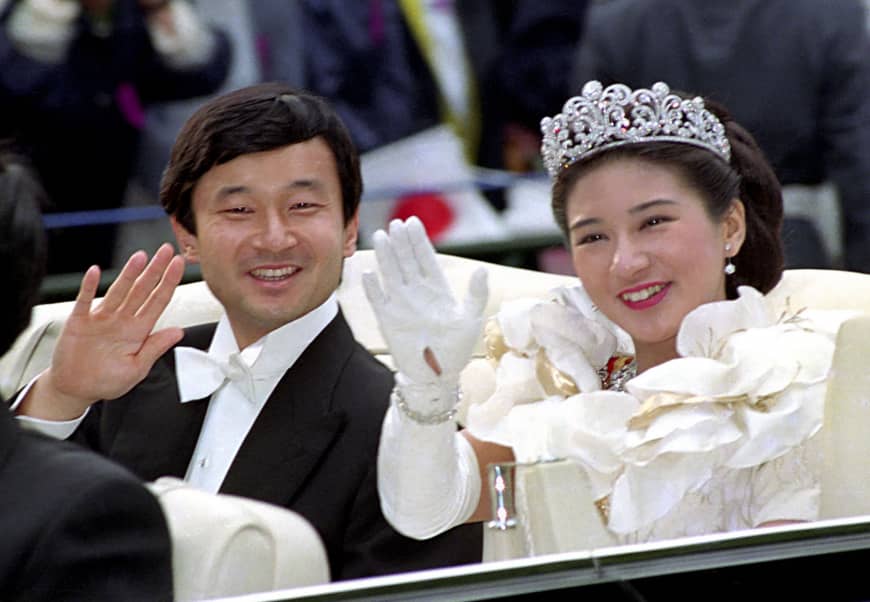
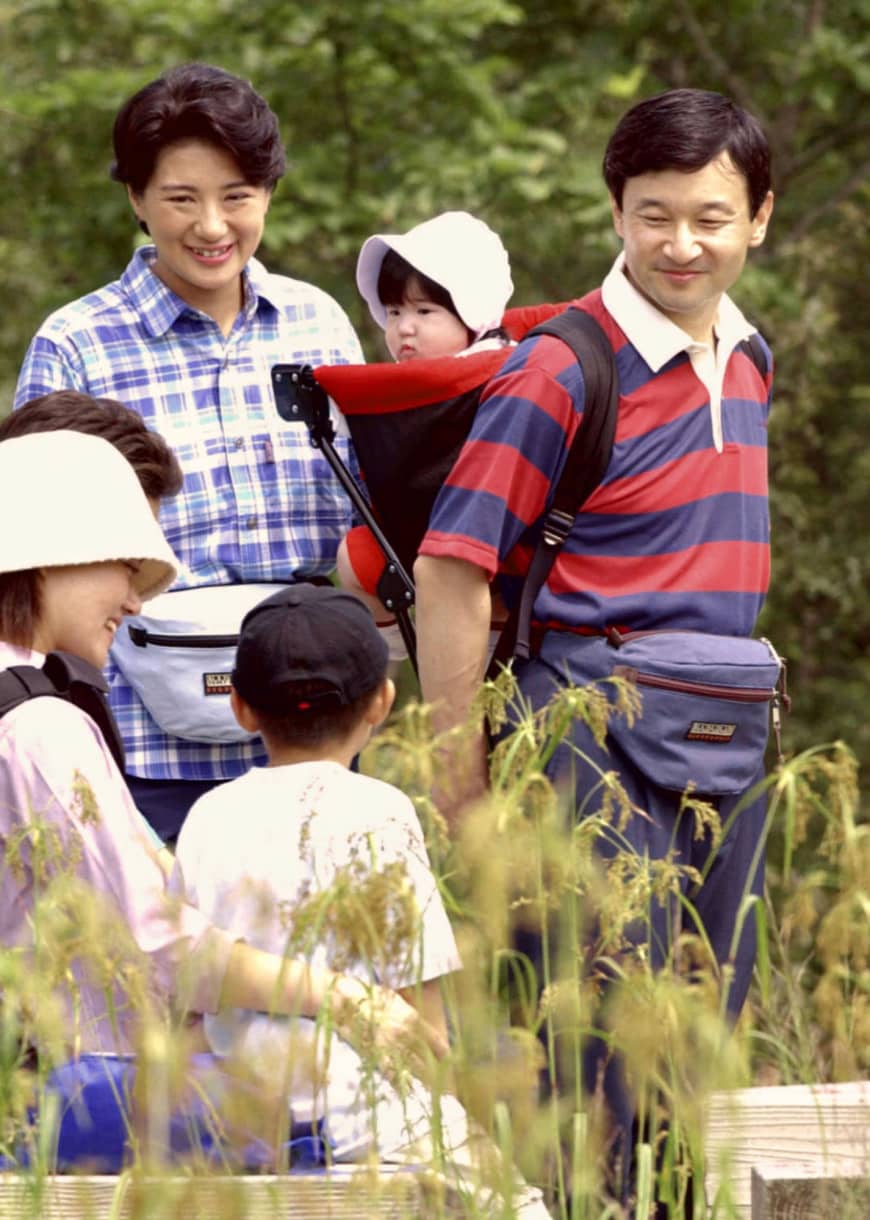
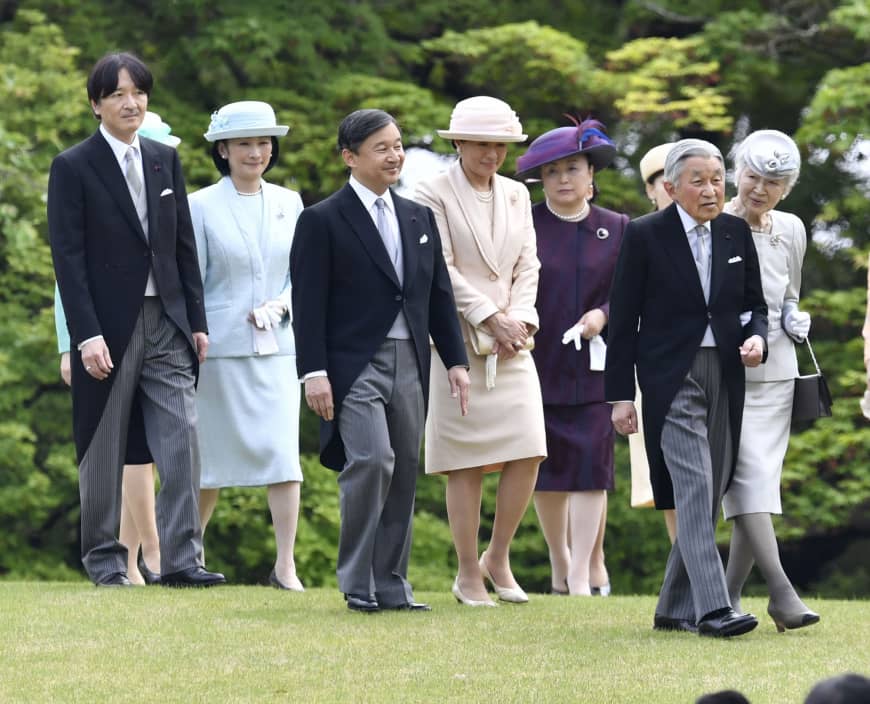
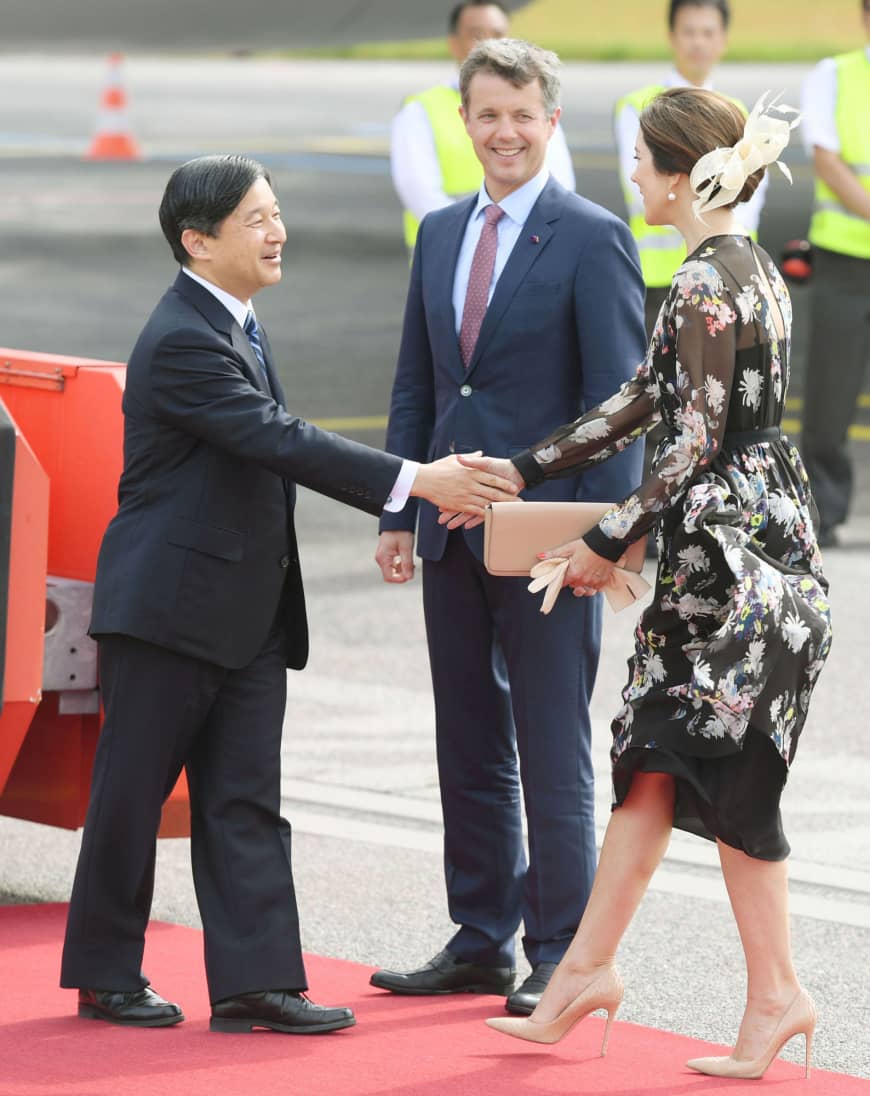
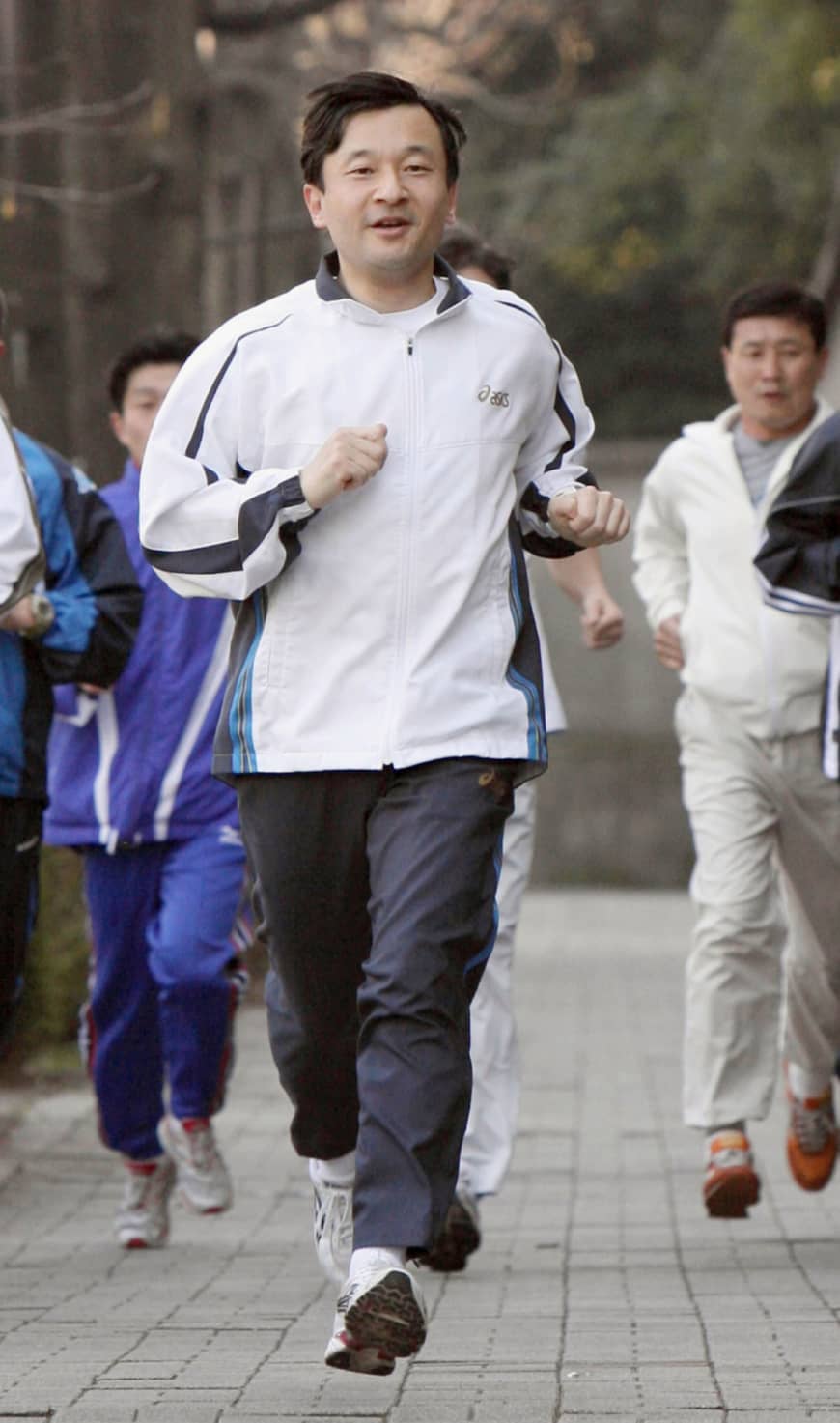
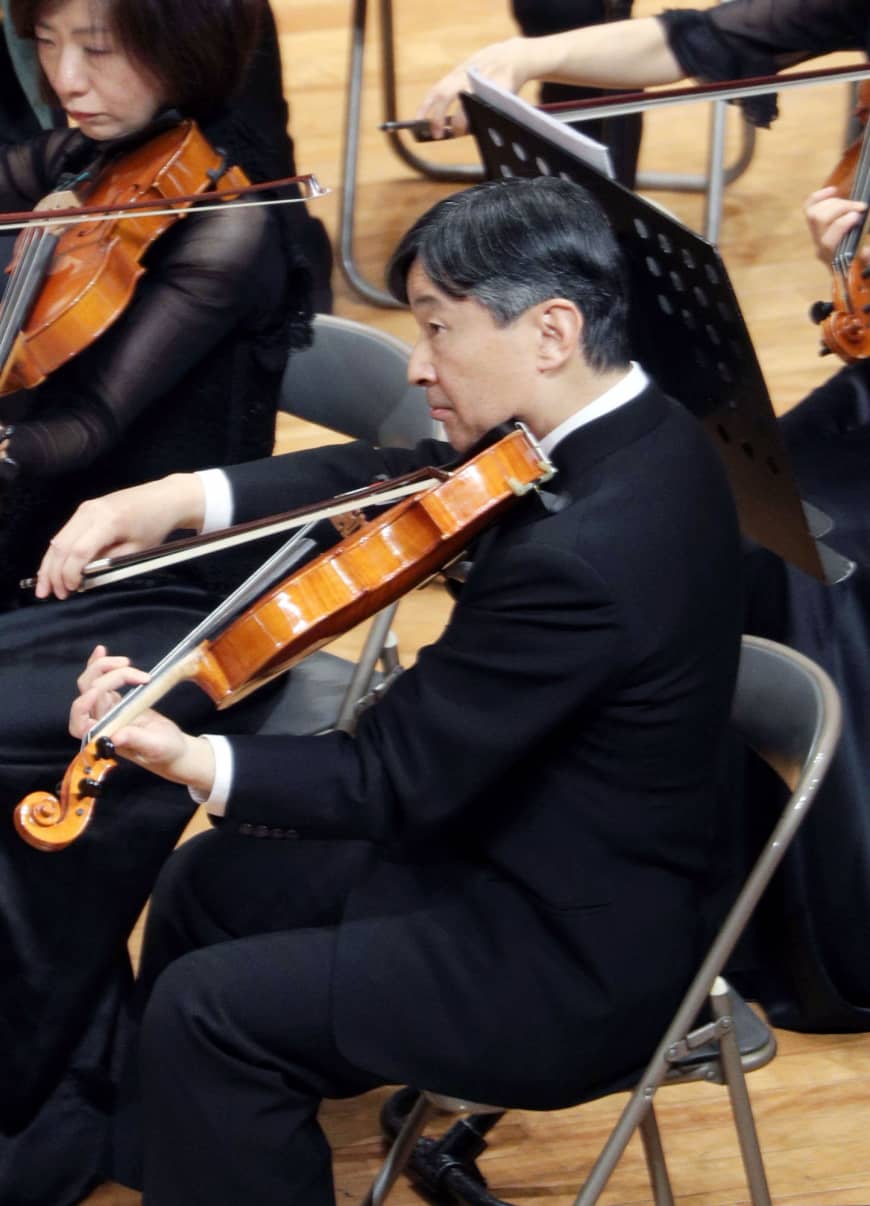
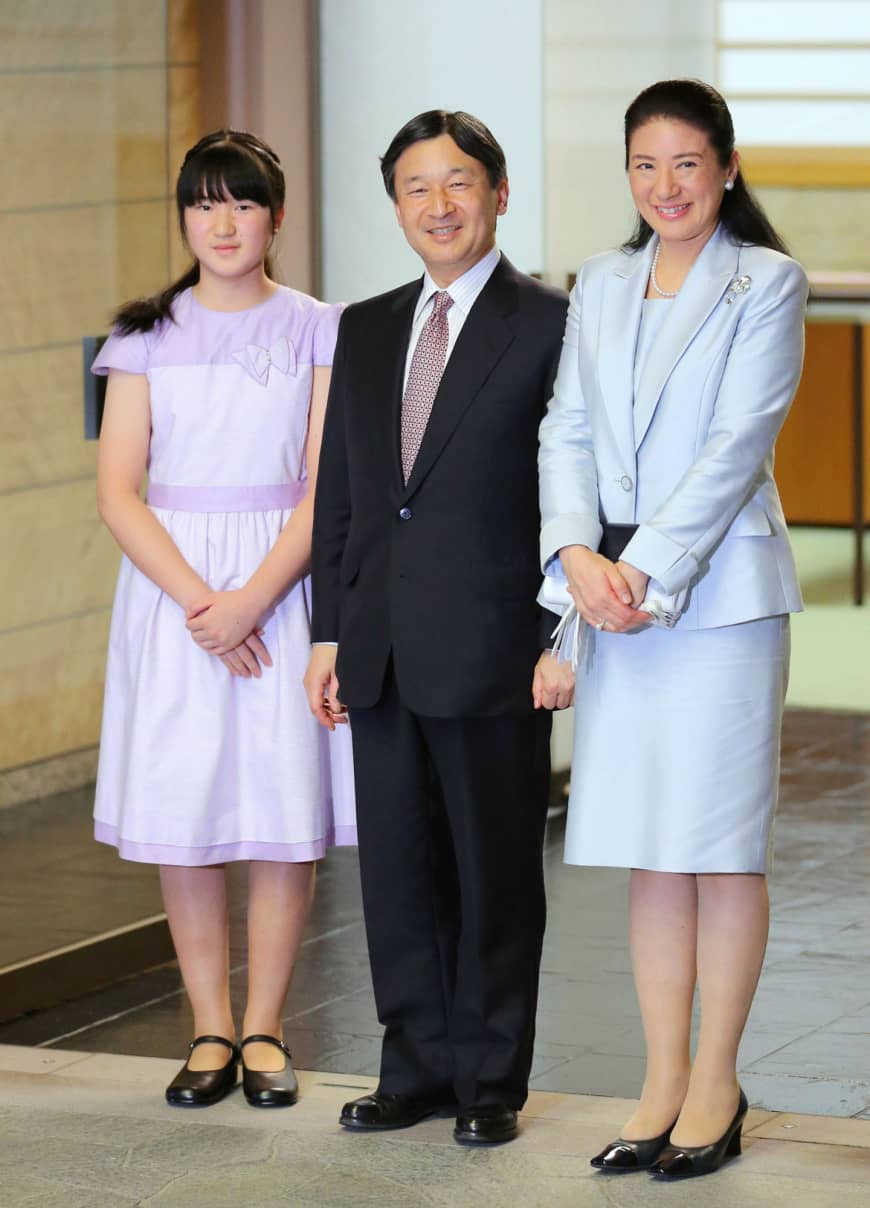
Chronology of major events related to Emperor Naruhito
The following is a timeline of Emperor Naruhito’s life and major events that have occurred throughout it so far.
Feb. 23, 1960 — Born the eldest son of Emperor Emeritus Akihito and Empress Emerita Michiko.
April 1978 — Enters Department of History, Faculty of Letters, Gakushuin University.
April 1982 — Enters Graduate School of Humanities, Gakushuin University.
June 1983 to Oct. 1985 — Studies in Britain at Merton College, Oxford University.
Oct. 18, 1986 — Meets then-diplomat Masako Owada at reception for Spain’s Princess Elena.
March 1987 — Visits Nepal, where he develops interest in issues surrounding water.
March 1988 — Completes first part of doctorate.
Jan. 7, 1989 — Moves to first in line for throne upon death of Emperor Hirohito, posthumously called Emperor Showa.
Feb. 23, 1991 — Officially becomes crown prince after investiture as crown prince.
April 1992 — Becomes visiting research fellow of the Museum of History of Gakushuin University.
June 9, 1993 — Marries Masako Owada.
February 1995 — Visits areas affected by the January Great Hanshin Earthquake.
Dec. 1, 2001 — Daughter, Princess Aiko, is born.
Nov. 1, 2007 — Becomes honorary president of the U.N. Secretary-General’s Advisory Board on Water and Sanitation.
June 2011 — Visits Miyagi Prefecture, which was hit by the March 2011 Great East Japan Earthquake and tsunami.
March 2013 — Gives keynote speech at special U.N. session on water and disasters at U.N. headquarters in New York.
Feb. 23, 2019 — Turns 59.
May 1, 2019 — Ascends the throne upon the abdication of Emperor Emeritus Akihito.
KYODO
Download the PDF of this Emperor Naruhito’s Ascension Special



